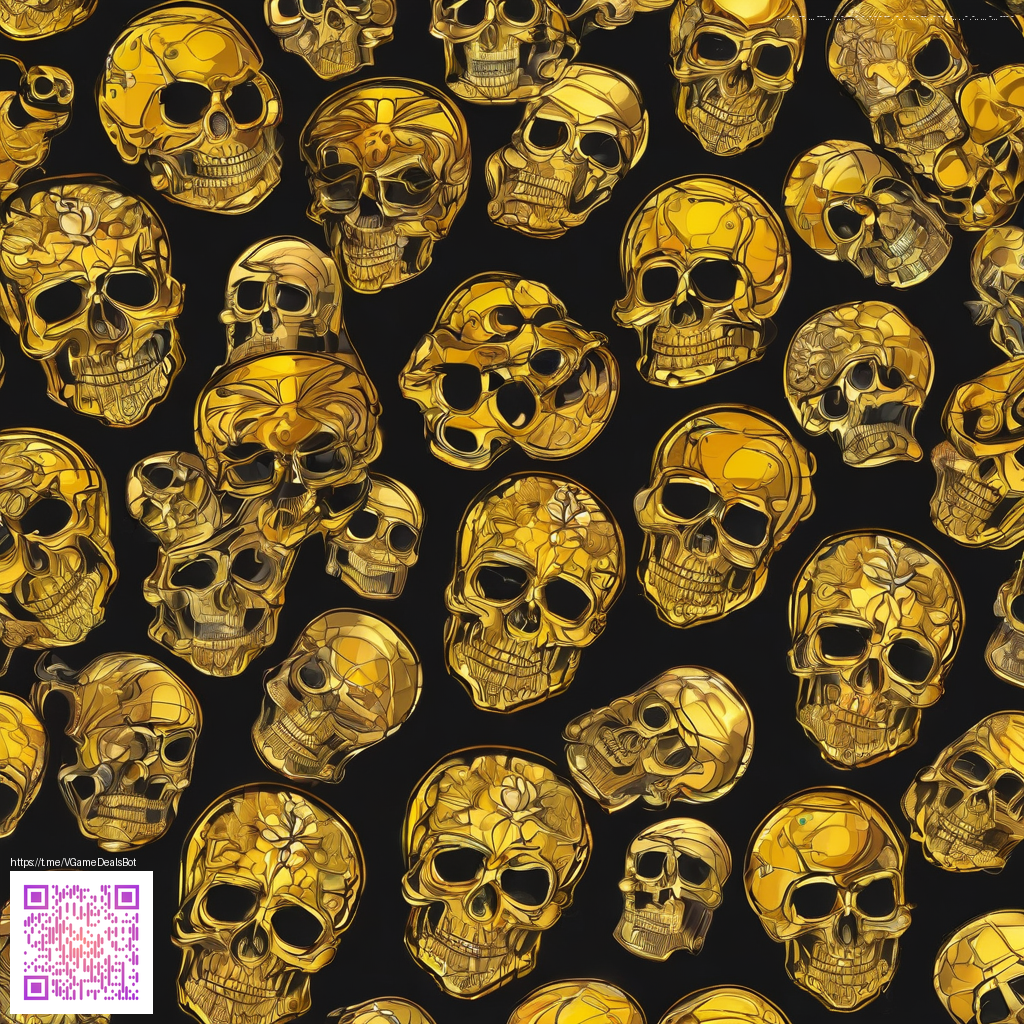
Subtle Shine: The Gentle Touch That Elevates Digital Paper
In the world of digital paper design, a little luminosity goes a long way. Subtle shine is not about making every element gleam like a mirror; it’s about guiding the viewer’s eye, creating depth, and implying texture without overpowering the composition. Think of it as a whisper of light—a controlled glint here, a soft glow there—that enhances readability, contrast, and perceived quality. When done well, your patterns, textures, and backgrounds feel polished, modern, and tactile, even on a flat screen.
Pro tip: the most effective shine isn’t a single dramatic highlight. It’s a balanced interplay of highlights, mid-tones, and shadows that reads consistently across devices.
Core Concepts Behind Subtle Shine
Shine in digital paper design is less about “more” and more about “intent.” You’re modeling light behavior that our brains expect to see—reflections on curved surfaces, micro-glints along edges, and a gentle wash of color that mimics real-world materials. The goal is realism without distraction. Materials such as gloss, pearlescent finishes, and brushed textures each respond differently to light, so you’ll often combine several techniques to achieve a cohesive look.
Key techniques to explore
- Specular highlights: Add sharp, short-lived highlights along the edges or ridges where light would naturally hit. Keep them small and slightly translucent to maintain subtleness.
- Soft gradients: Layer gradual lightening from the top or one side to simulate ambient illumination. Use low opacity to prevent abrupt transitions.
- Texture and noise: Introduce a micro-texture or a light noise overlay to mimic real-world imperfections. This avoids the flat, clinical feel of a perfectly smooth surface.
- Blending modes: Experiment with Overlay, Soft Light, and Screen to blend shine layers with the base texture. Subtlety is the key—small opacity tweaks go a long way.
- Edge lighting: A thin glow along the outer boundary can imply a gentle thickness, making the paper appear more tactile.
- Color control: Tints can affect perceived warmth or coolness of the shine. A touch of blue can feel fresh; a hint of gold can feel premium.
As you experiment, keep a clear separation between the base color, the shine layer, and the texture layer. This separation makes it easier to adjust one aspect without reworking the others. A well-organized layer structure not only speeds up your workflow but also keeps your designs adaptable for different media, from digital apps to print simulations.
Practical Workflow for Designers
- Set a calm foundation: Start with a neutral or slightly tinted base that aligns with your project’s mood.
- Map light direction: Decide where the light hits and place a soft gradient to reflect that direction on the surface.
- Paint subtle highlights: Add thin highlights along curves and edges. Keep the opacity low (around 8–20%) and the blur gentle.
- Incorporate a shine texture: Layer a sparse gloss texture or micro-sparkle to simulate reflective microfacets.
- Blend for realism: Use Soft Light or Overlay with low opacity to integrate the shine with the underlying texture.
- Mask for control: Mask the shine in areas where it would be impractical (deep shadows, busy patterns) to maintain readability.
- Test across devices: View your design on various screens and scales to ensure the shine remains subtle yet effective.
For designers who need inspiration on the go, consider how small design changes can echo a product’s aesthetic in real life. For example, a practical accessory like the Phone Case with Card Holder – Slim, Impact Resistant can serve as a reminder that everyday items influence color perception and texture choices in your digital work. If you’d like to explore related ideas or reference visuals, you can also check the design showcase at https://peridot-images.zero-static.xyz/ff81346c.html, which offers a curated look at how subtle lighting interacts with digital surfaces.
Balancing Shine with Clarity
One of the biggest challenges is keeping shine from muddying type or important details. When your design includes text, ensure there is sufficient contrast and that the shine doesn’t wash out legibility. A practical approach is to reserve most of the subtle glow to the imagery and background textures, while keeping text crisp, flat, and high-contrast. Consider using a separate highlight layer for the background only and leaving the text unaffected by blending modes.
Remember: subtlety is a strength. A restrained touch of shine often communicates sophistication more effectively than a bold, overpowering glare.